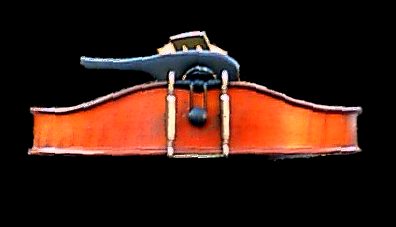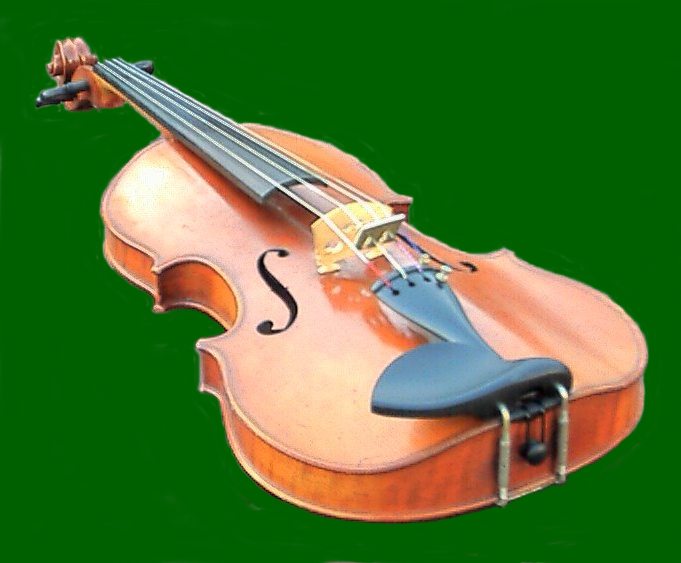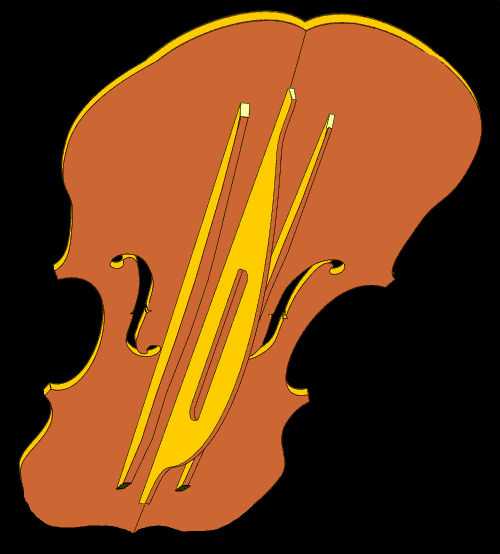
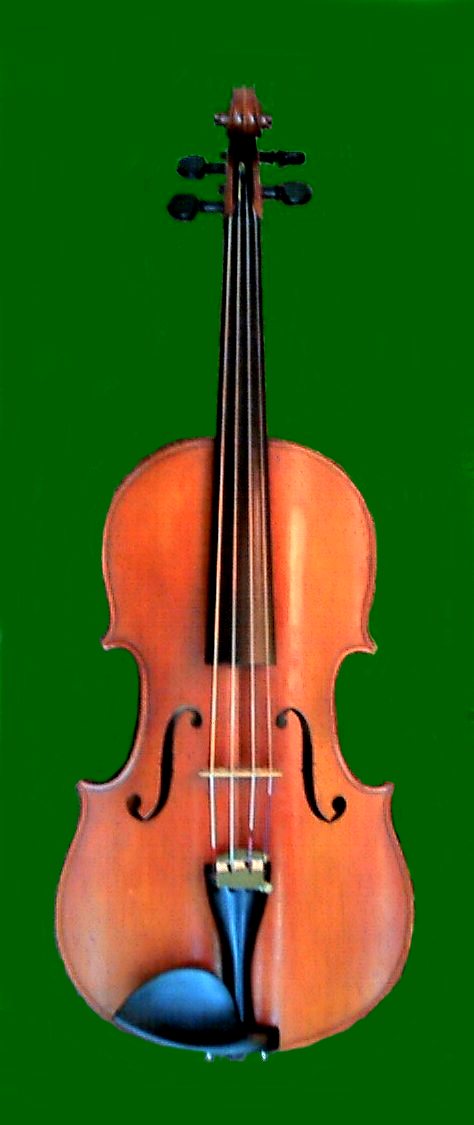
|
Emanuel Móor (1863-1931) was a Hungarian musician of remarkably varied talent: composer, pianist,
acoustic theorist, painter, engineer and inventor. His compositions, mostly involving strings, found
many admirers before 1914 – Ysaye, Marteau, Thibaud and above all Casals – but from that point forward
he almost abandoned composition and concentrated on his schemes for the improvement of instruments.
His best-known idea, the Móor duplex coupler piano (which had two keyboards acting on a single action
and allowed one hand to play a spread of two octaves) dates from 1921 and he continued to work on it
for the rest of his life, but from 1927 onwards he was equally absorbed in the re-thinking of stringed
instrument design. Some years earlier he had conceived an extraordinary six-stringed instrument covering
the entire range from violin to double-bass; now, however, he reverted to instruments of largely conventional
size and plan but with the innovative profile and internal construction described below. After abortive
negotiations with a Mirecourt firm, manufacture was undertaken by Neuner und Hornsteiner, the instruments
to be distributed (and signed) by the Bechstein piano company. Violin production began in October 1930
with violas and cellos following in May 1931, and in the same month the directors of the Berlin Philharmonic
undertook to commission a full suite of instruments for the orchestra's experimental use, while at about
the same time Lionel Tertis viewed a Móor viola in London and commented favourably on it. However,
Móor's sudden death in October, combined with the economic conditions of the day, resulted in the rapid
collapse of the enterprise, although a tiny handful of instruments were made during 1932 to fulfil existing
orders.
It is possible that this viola is one of the suite made for the Berlin Philharmonic, although
the use of the English language on the label perhaps casts doubt on this.
|
|

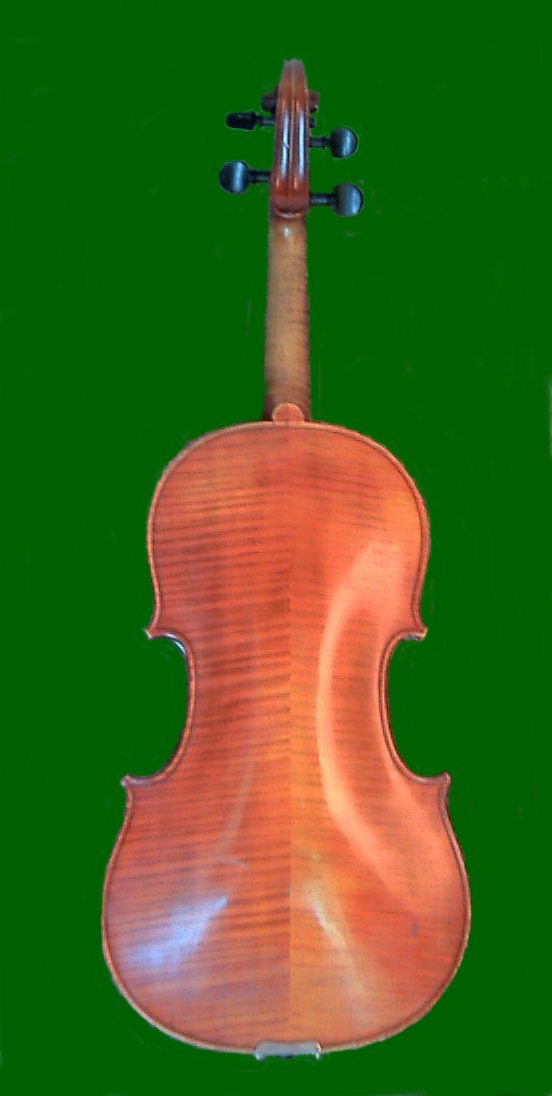
|



